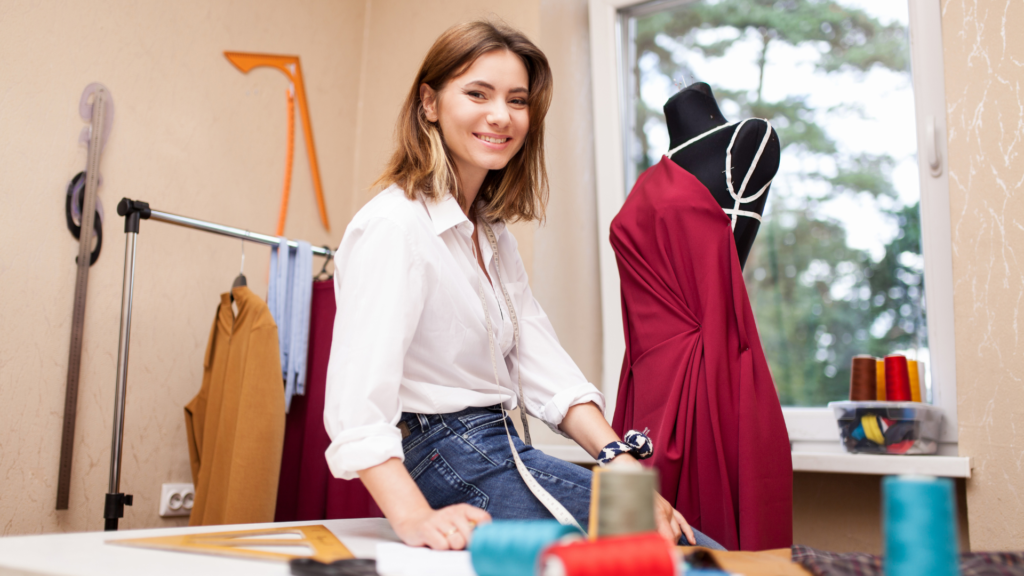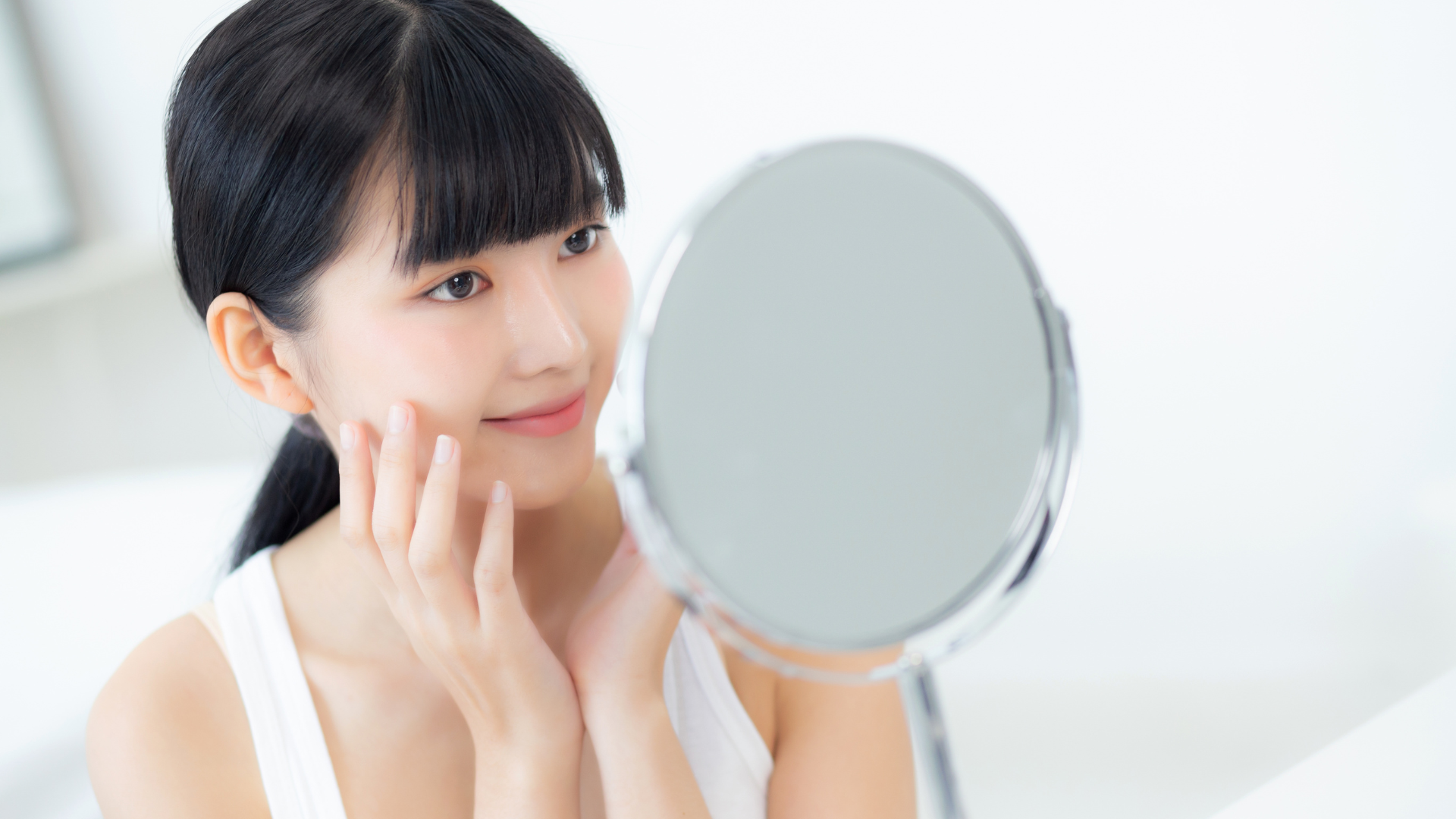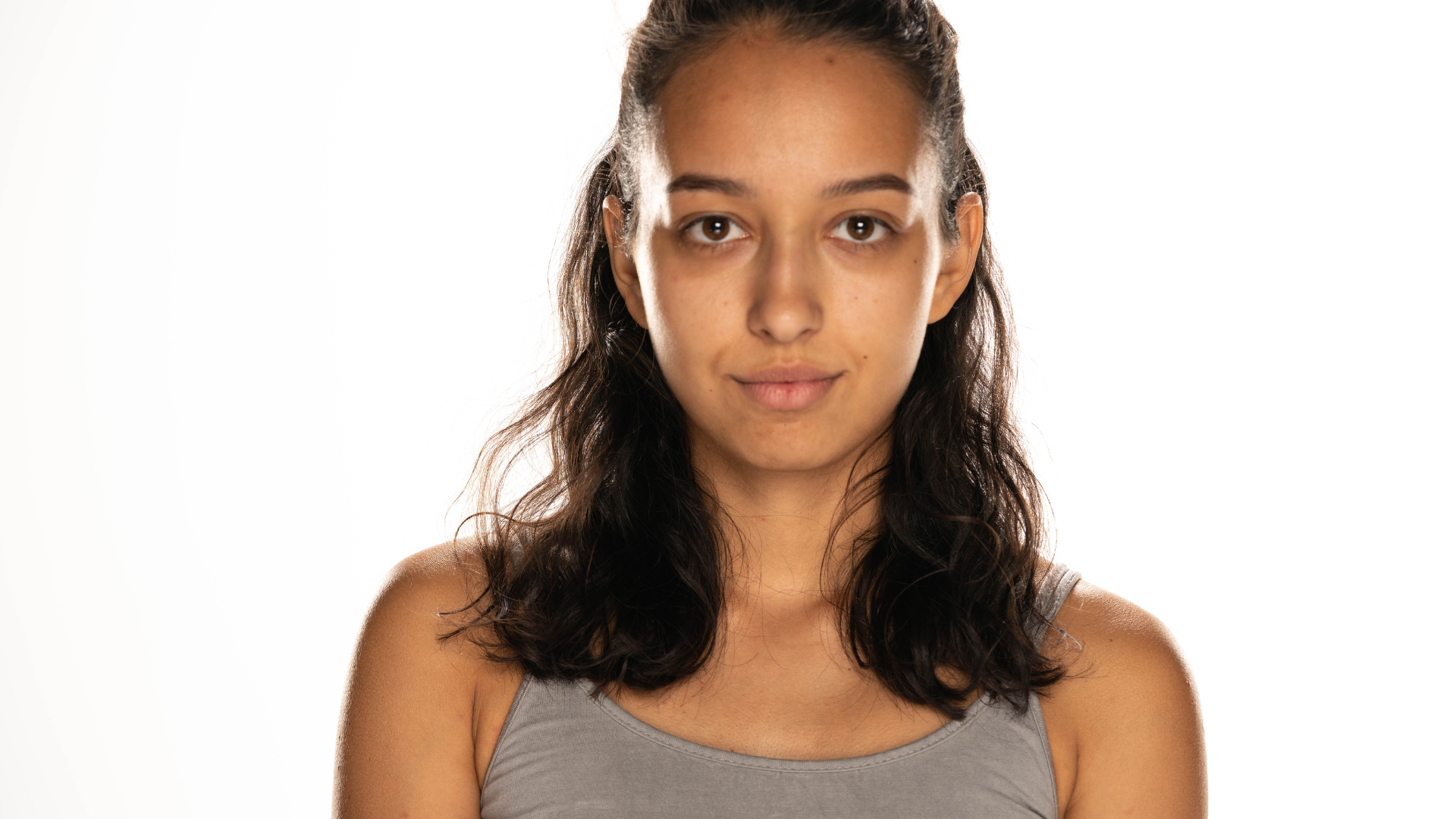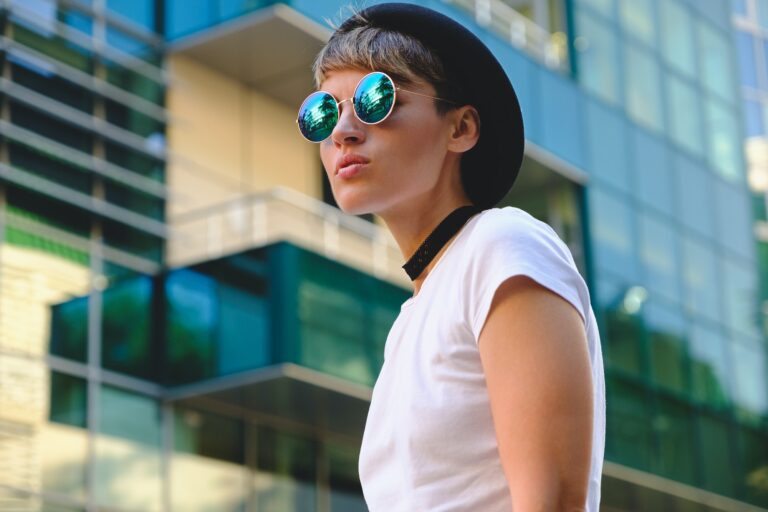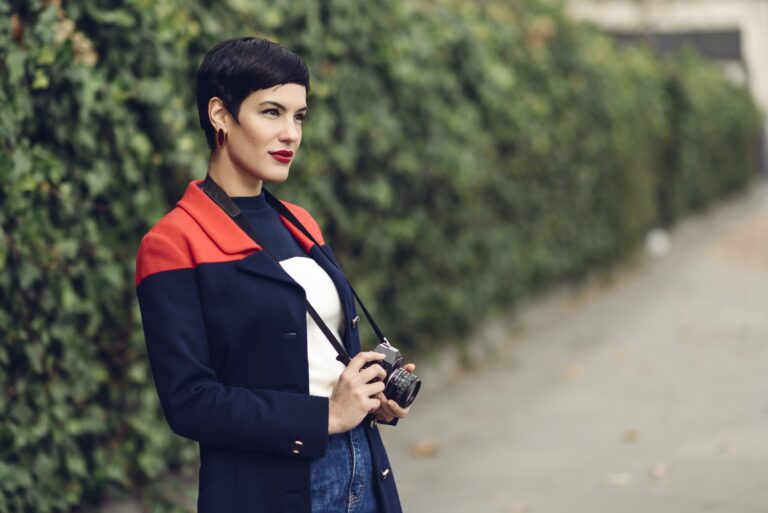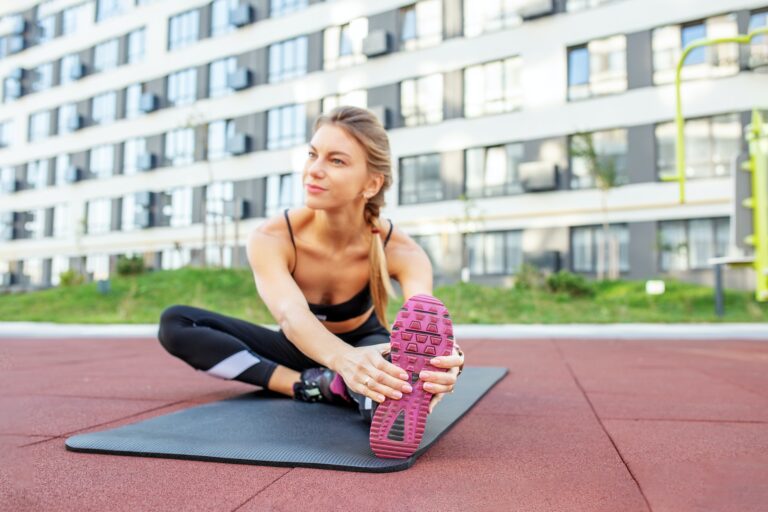Are you a fashion enthusiast looking to move from hobbyist to professional designer? Or perhaps you are just curious about the ins and outs of fashion design? In this blog post, explore the fundamentals of fashion design and get a comprehensive overview of the art form. Learn everything from fabric selection and garment construction to pattern making and colour composition. Get ready to enter the world of fashion design!
What is Fashion Design?
As a fashion designer, it is essential to have a strong understanding of design basics. This includes line, shape, form, colour, and texture knowledge. These elements are the building blocks of any suitable design, and once you have a firm grasp on them, you can begin to experiment with your style. Let’s get started:
- The line is perhaps the essential element of design. It can be used to create both shape and form in a plan. The line can be either straight or curved, and it can be thick or thin. Experimenting with different lines to find what works best for your particular style is essential.
- The shape is another essential element of design. They can be either geometric or organic. Geometric shapes are based on mathematical formulas, such as circles, squares, and triangles. Organic shapes are more natural and free-flowing, such as leaves or flowers.
- The form is the three-dimensional aspect of a shape. It can be created by adding depth to a body through shading or using different materials. You can also add volume to a form by making it larger or smaller than its original size.
- Colour is one of the essential elements of fashion design. It can set the design’s tone and evoke the viewer’s emotions. It is necessary to understand the basics of colour theory, such as how colours interact with each other and how they can create a certain mood or atmosphere.
- Texture refers to the surface quality of fabric and other materials used in fashion design. It can add visual interest and be used to manipulate the drape of a garment. Different textures can help you create different looks, so it is essential to experiment with other fabrics to find what works best for your style.
By understanding these essential design elements, you will be better equipped to create unique and exciting fashion designs. The more you practice and experiment with these elements, the easier it will become to develop your signature style.
Understanding the Elements of Design
Design is about creating a harmonious balance between different elements, each of which has a distinct role. The most important design aspects are line, shape, form, colour, texture, and pattern. They can come together skillfully to create a beautiful and cohesive design.
The line is the essential element of any design and can be used to create both abstract and representational images. It can define shape, create movement, and add texture. The shape is created when lines intersect or connect to form a closed area. Form refers to the three-dimensional aspect of a shape, which gives it volume and bulk. Colour can be used to add interest and contrast to a design, as well as create a mood or atmosphere. Texture refers to the surface quality of an object and can make it feel smooth, rough, soft, or stern. The pattern is created when shapes or lines are repeated regularly or irregularly.
Textiles and Fabric Selection
The first step in designing a garment is selecting a suitable fabric. The type of fabric you choose will affect the look and feel of the finished product, so it’s essential to choose wisely. Many different kinds of materials are available, each with unique properties.
The most common fabrics used in fashion design are natural fibres like cotton and linen, synthetic fibres like polyester and nylon, and blended fabrics that combine both natural and synthetic fibres. Each type of fabric has its advantages and disadvantages, so selecting the right one for your specific needs is essential.
Cotton is a popular choice for garments because it’s soft, breathable, and easy to care for. However, it wrinkles easily and doesn’t hold up well to repeated washings. Linen is another popular garment choice because it’s relaxed and comfortable to wear in warm weather. However, linen wrinkles easily and can be challenging to care for. Polyester is a synthetic fibre that is strong and durable. It doesn’t wrinkle or shrink and is easy to care for. However, polyester can be uncomfortable in hot weather because it doesn’t breathe like natural fibres like cotton or linen.
Pattern-Making Basics
As a fashion designer, it is essential to have a strong understanding of pattern-making. Pattern making is creating patterns for garments that can be used to create the finished product. There are a few basic things to keep in mind when creating patterns:
- First, you need to understand the different parts of a garment pattern. The essential parts of a garment pattern include the front piece, back piece, sleeve, and collar.
- Next, you must take accurate measurements of the person wearing the garment. This includes their chest circumference, waist circumference, hip circumference, and height.
- Once you have your measurements, you can begin drafting your pattern pieces. Drafting is simply drawing your pattern pieces on paper according to your measurements. When preparing, it is essential to use a ruler or measuring tape so that your patterns are accurate.
- After you have drafted your pattern pieces, you will need to cut them out and assemble them. When creating your pattern pieces, be sure to use pins or tape so that they stay in place.
- Once your pattern pieces are assembled, you can begin cutting out your fabric according to the pattern. When cutting out fabric for a garment, it is essential to add seam allowance. Seam allowance is the extra fabric used around a garment’s edges so that it can be sewn together easily.
Fashion design is a creative and rewarding pursuit that can be both difficult and exciting. With the proper guidance, anyone interested in fashion design can start on the right foot. This beginner’s guide to fashion design has hopefully provided readers with an introduction to the fundamentals of this art form so they can begin their journey into fashion design.


